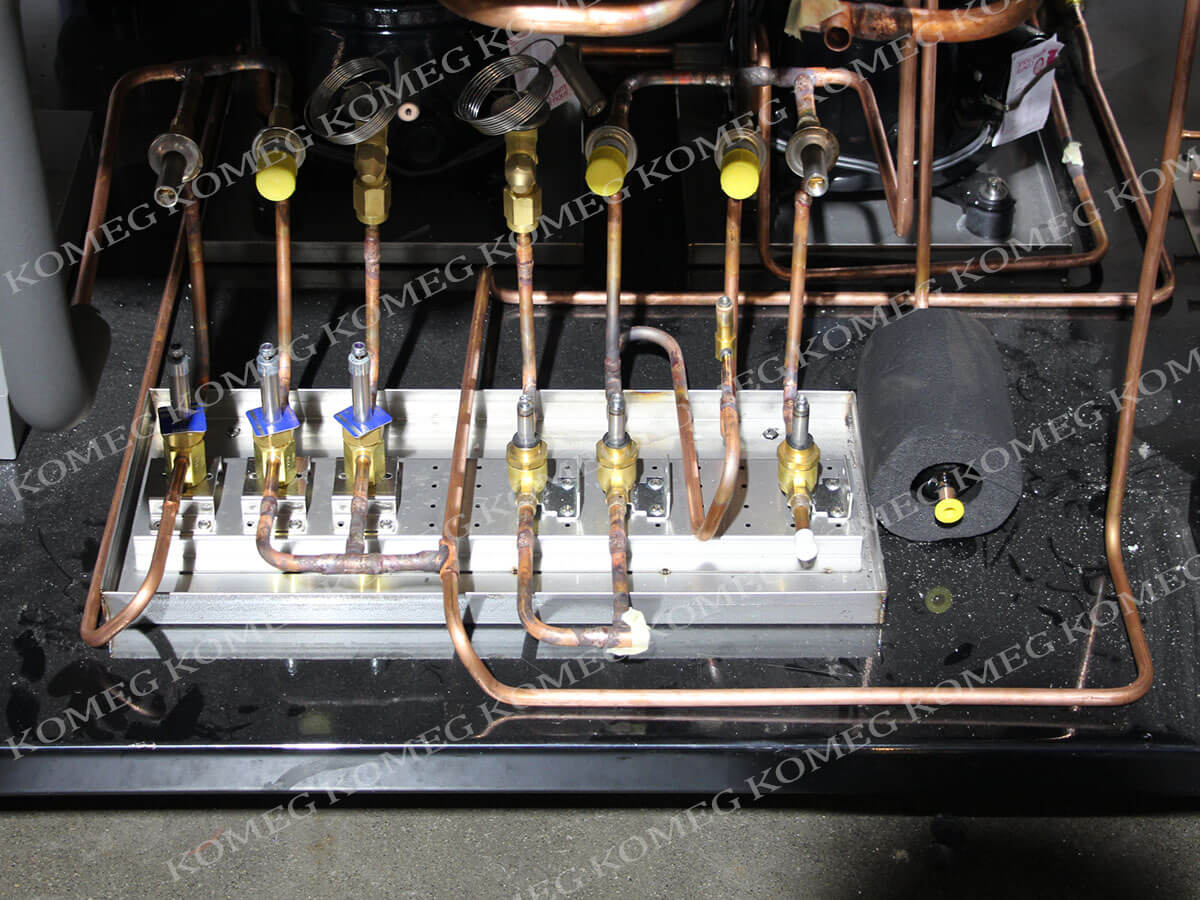Copper Tube Bending Technology

The traditional process involves using straight pipes with bends, and a standard environmental chamber typically requires around 300-400 welding points. However, we utilize a bending pipe technology with a large R-radius, which only requires 70-80 welding points, reducing the number of welding points by 70%. So, what are the advantages of using bending pipe technology?
Improved System Cleanliness:
During the welding of copper pipes, oxides are generated. The more welding points there are, the more oxides are produced. External oxides on copper pipes can be removed, but internal oxides cannot, and they accumulate as the compressor operates. Over time, these oxides accumulate and can eventually lead to compressor alarms or even failure.
Improve System Operation Efficiency:
Traditional straight pipes create significant resistance for high-speed flowing gases. In contrast, the large R-radius bending pipe technology is designed based on computational fluid dynamics, which helps to reduce internal resistance within the bending pipe. This improvement enhances the smoothness of the system flow, effectively reduces energy attenuation, and thus enhances the operating power of the test chamber.
Improved System Reliability:
High-speed flowing gases create strong impacts on pipe walls, which can make welding points less reliable. Since environmental chambers are used for a long time, the chances of welding point leaks increase over prolonged usage. The bending pipe reduces the number of welding points, thereby reducing the possibility of gas leakage.
